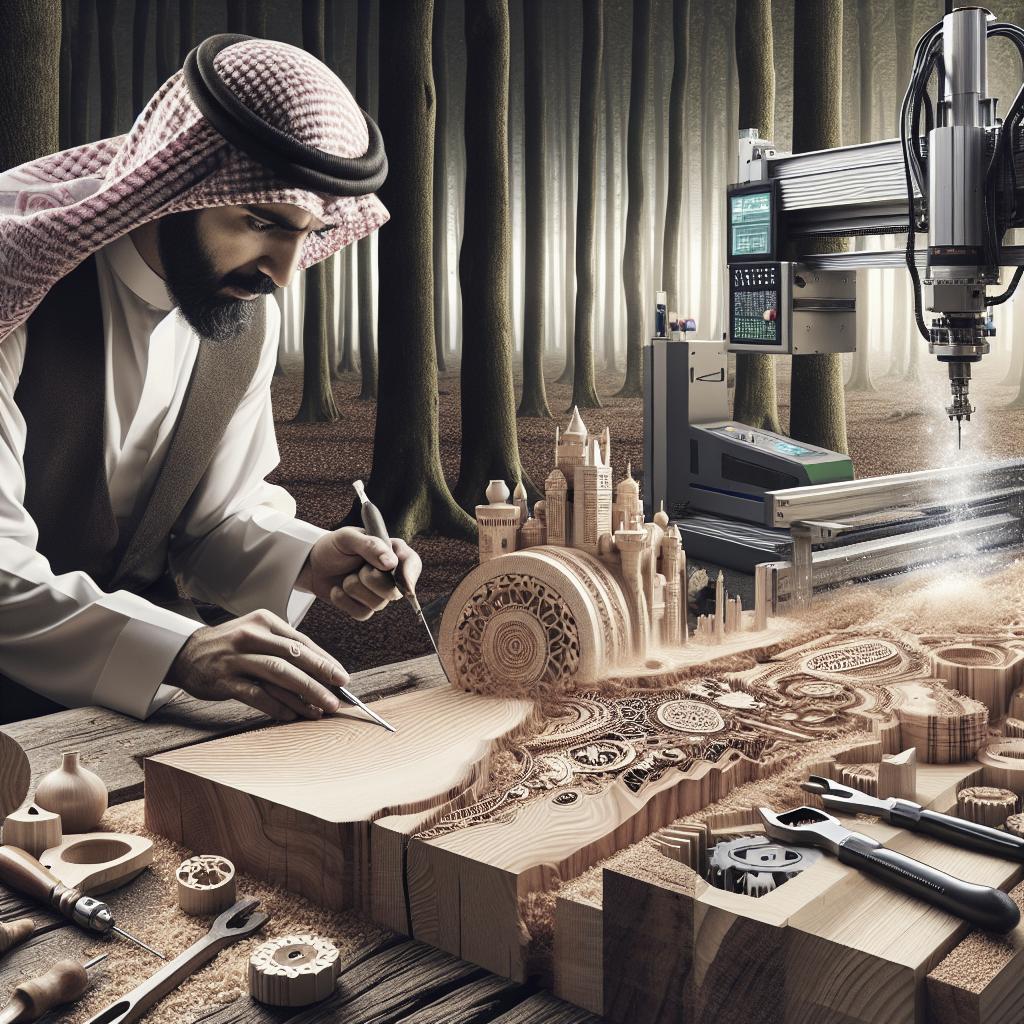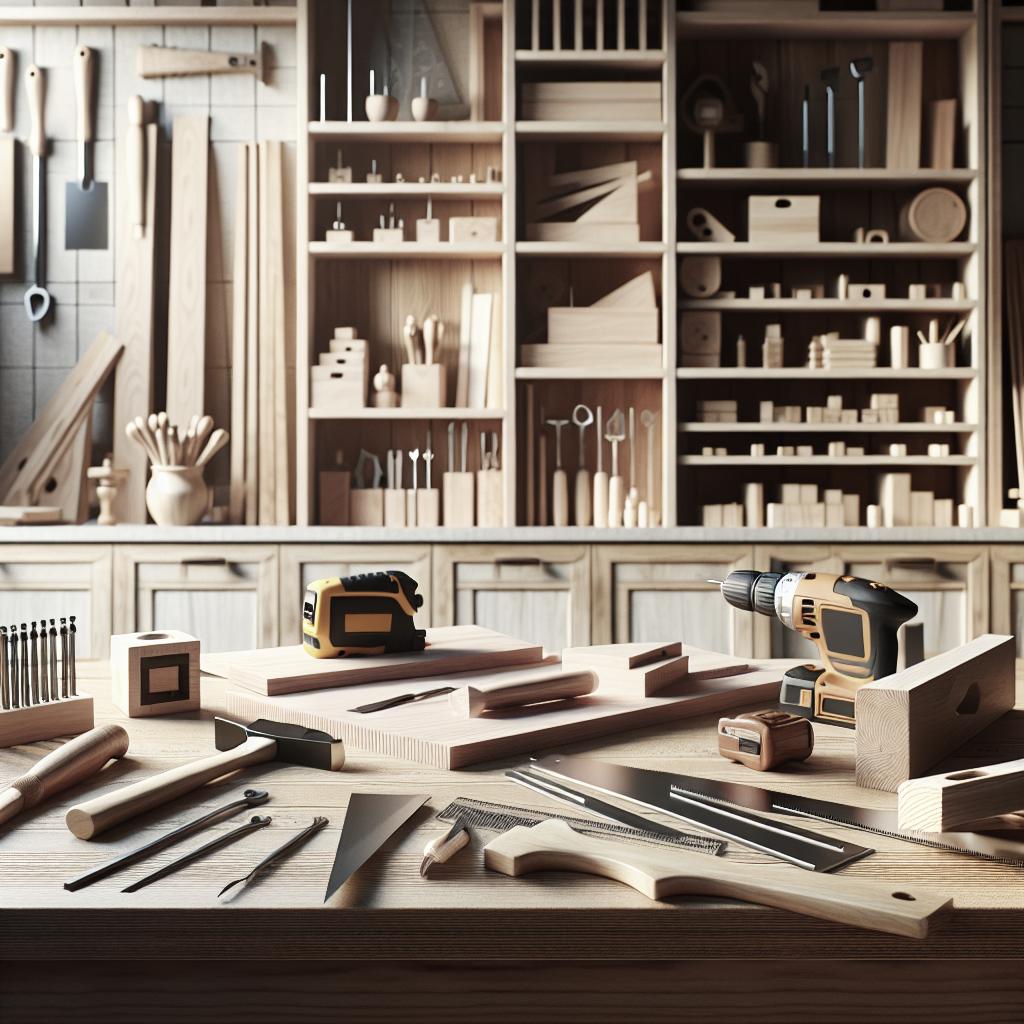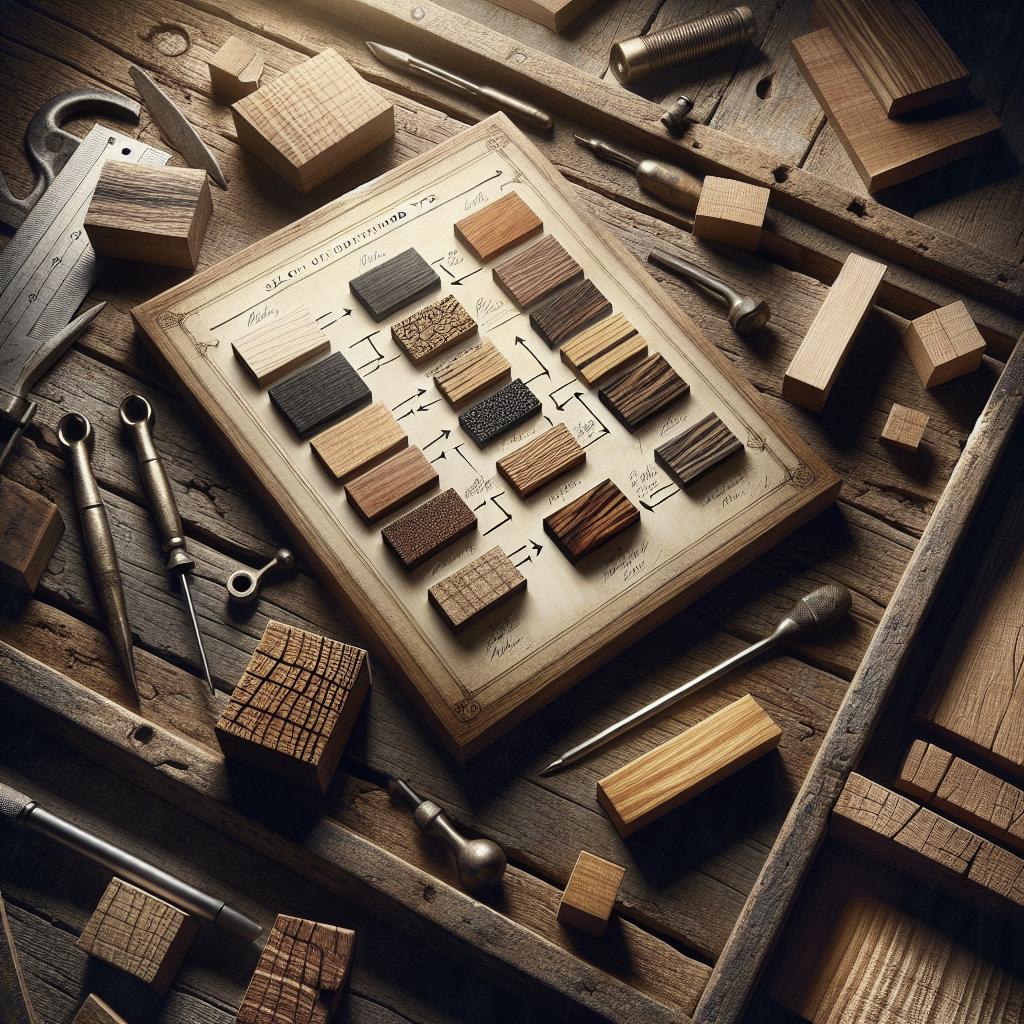“`html
Integrating Technology into Traditional Woodworking
In the ever-evolving world of craftsmanship, woodworking stands as a timeless art form. Yet, even this traditional craft is not immune to the waves of technological advancement. The integration of CNC (Computer Numerical Control) technology into woodworking brings precision, efficiency, and innovation to the craft. In this article, we will delve into the understanding of CNC technology, explore the benefits it offers over traditional methods, compare traditional techniques to modern methods, and look at the future of CNC in woodworking. Through this exploration, we find new ways to honor traditional skill while embracing modern possibilities.
Understanding CNC Technology
CNC technology in woodworking represents a revolutionary leap forward in how craftsmen approach the design and execution of wood projects. At its core, CNC involves using computer software to control machine tools, automating the cutting, shaping, and drilling processes. This allows for high levels of precision and detail in woodworking projects that were once painstaking and time-consuming to achieve manually.
The CNC machines translate design data into detailed instructions by converting CAD (Computer-Aided Design) drawings into a code called G-code. This code directs the CNC machine on how to move, at what speed, and how deep to cut into the wood. The result is an incredibly efficient process where intricate designs can be reproduced flawlessly repeatedly, making it highly valuable in both mass production and bespoke crafting.
While CNC technology may seem daunting at first to traditional woodworkers, it serves as a complementary tool that enhances creative potential. With a little learning and adaptation, craftsmen can leverage their expertise and creativity to produce work that reflects both tradition and modern innovation.
Benefits of CNC Woodworking
The introduction of CNC technology into woodworking offers a multitude of benefits, particularly in terms of precision and repeatability. Traditional woodwork heavily relies on the steady hand and eye of the craftsman, where slight errors can lead to wasted materials and increased costs. CNC technology mitigates these risks with its precision algorithms that ensure consistency in every cut and design.
Additionally, CNC machines significantly reduce production time. What once took several hours or even days to achieve through manual labor can be accomplished in a fraction of the time without compromising quality. This efficiency translates into increased productivity and faster turnaround times for both individual artisans and larger production environments. Furthermore, because CNC systems can operate with minimal supervision, they free up skilled craftsmen to focus on other areas of creativity and innovation.
Another vital benefit is the ability to handle complex designs and intricate patterns that would be difficult to replicate manually. CNC allows craftsmen to push the boundaries of creativity, creating decorative pieces, curved structures, and detailed engravings with absolute precision, opening new avenues for artistic expression in woodworking.
Traditional Techniques Vs. Modern Methods
There’s an ongoing debate within the woodworking community about retaining traditional techniques versus adopting modern methods such as CNC technology. Traditional techniques are revered for their authenticity, the personal touch of the artisan, and the heritage passed down through generations.
Traditional woodworking involves techniques such as dovetailing, mortise and tenon joints, and hand planing, which require a significant amount of craftsmanship skill and time. These methods are celebrated for their uniqueness and the individual character they instill in each piece. However, they are not always practical for large-scale production or complex design works.
On the other hand, modern CNC methods offer a different set of advantages. They provide unparalleled precision, the ability to create intricate details at scale, and a significant reduction in production time. CNC machines can also work with diverse materials and thicknesses that might prove challenging for manual techniques. This technological prowess complements traditional skills, blending the best of both worlds by allowing craftsmen to maintain their craftsmanship essence while enhancing accuracy and efficiency.
Future of CNC in Woodworking
As CNC technology continues to advance, its role in woodworking is set to expand further. Emerging advancements include improved user-friendly interfaces, which lower the learning curve for craftsmen who wish to integrate this technology into their practice. The development of 3D printing capabilities in conjunction with CNC machines stands to broaden the horizons for what is possible, combining additive and subtractive manufacturing techniques.
Furthermore, developments in materials, such as engineered woods and composites, offer new possibilities for CNC woodworking. As these materials gain popularity for their durability and eco-friendliness, CNC machines are increasingly employed to work with them, leveraging their precision and efficiency to create durable and sustainable products.
The future of CNC in woodworking lies in the collaboration between technology and tradition. While CNC offers new tools and capabilities, the essence of woodworking remains rooted in creativity and craftsmanship. These advancements promise to enrich the craft, allowing artisans to push their creative boundaries and produce extraordinary works that honor traditional artistry while embracing innovation.
Lessons Learned
| Topic | Key Points |
|---|---|
| Understanding CNC Technology | Involves computer software for precision and efficiency, translates design data into G-code, complements traditional craftsmanship. |
| Benefits of CNC Woodworking | Offers precision, repeatability, time efficiency, and the ability to create complex designs. |
| Traditional Techniques Vs. Modern Methods | Traditional methods provide authenticity, while CNC offers precision and speed. A blend of both maximizes craftsmanship and efficiency. |
| Future of CNC in Woodworking | Advances include better interfaces, 3D printing, and use with modern materials, promising a synergy of technology and tradition. |
“`


